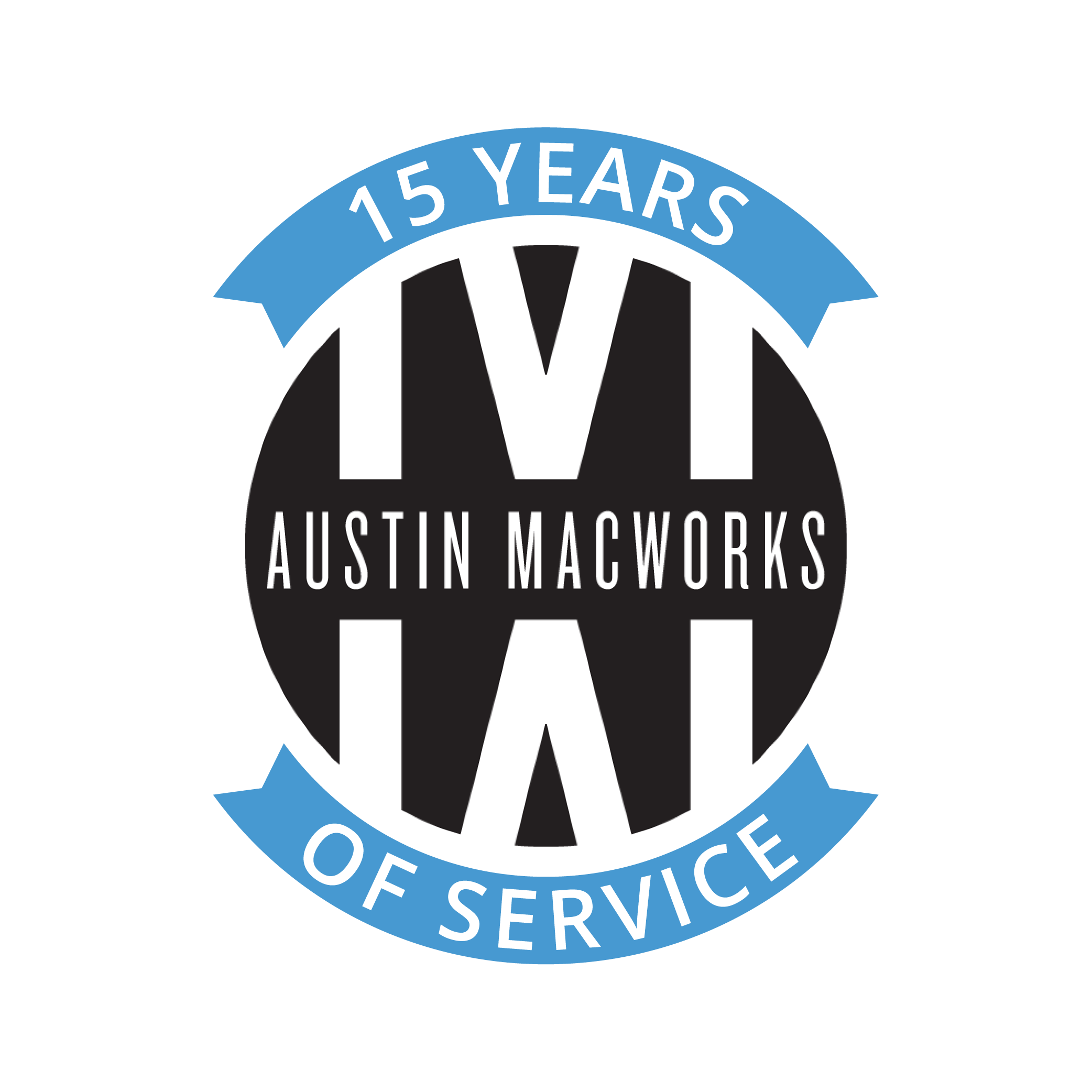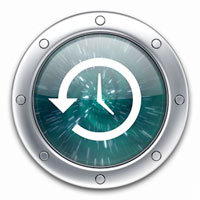Setting up Time Machine is as easy as connecting an external drive to your Mac via Thunderbolt, FireWire or USB. You can also use a secondary internal drive if your desktop Mac has one (that is, a drive that you don’t start up from).
If you haven’t specified a Time Machine backup device yet, the first time you connect an external drive, Time Machine asks if you would like to use it as a Backup Disk.

Click “Use as Backup Disk” to confirm you want to use the drive for Time Machine backups. Time Machine preferences will then open with this drive selected as your backup.
On OS X Lion, check “Encrypt Backup Disk” if you want to encrypt the Time Machine backup external drive using FileVault 2.
That’s all you have to do for Time Machine to automatically backup your Mac. Time Machine keeps hourly backups for the past 24 hours, daily backups for the past month, and weekly backups until your backup drive is full.
About the first backup to an external drive
The first backup may take a while. You may want to set up Time Machine in the evening so that the initial backup can be done overnight. You should not interrupt the initial backup. You can continue to use your Mac while Time Machine backs up.
Once the initial backup is completed, Time Machine performs subsequent hourly backups of only the files that have changed on your Mac since the last backup (as long as your Mac is awake and the backup drive is connected).
Tip: You can manually initiate a Time Machine backup cycle by selecting “Back up Now” from the Time Machine menu, even if you have Time Machine preferences set to off.
Changing your backup drive
You can manually select another backup drive in Time Machine preferences.
- Select Time Machine menu > Open Time Machine Preferences…
- Click “Select Disk…”
- Choose a drive where backups will be stored, then click “Use Backup Disk”
Note: Every available drive that can be used to store backups is listed. If you’ve partitioned a drive, the available partitions are listed. Time Machine can’t backup to an external drive that’s connected to an AirPort Extreme, Time Capsule, or a drive formatted for Microsoft Windows (NTFS or FAT format). If you select an NTFS or FAT-formatted drive, Time Machine prompts you to reformat the drive. Choose a different drive or reformat the drive in Mac OS Extended (Journaled) format. Because reformatting erases any files on the drive, only do this if you no longer need the files or if you have copies of them on a different drive.
The most common format for a Time Machine backup drive is Mac OS Extended (Journaled) format, but Time Machine also supports Mac OS Extended (Case sensitive, Journaled) and XSan formats.
If the drive is partitioned using the Master Boot Record (MBR) partition type, some partitions may not be available for use with Time Machine. The GUID Partition Table (GPT) or Apple Partition Map (APM) partition types are recommended.
Time Machine works best if you use your backup drive only for Time Machine backups. If you keep files on your backup drive, Time Machine won’t back up those files and the space available for Time Machine backups will be reduced.


Super insightful and fresh perspective.
Well explained and easy to follow.
So glad I stumbled upon this.
Looking forward to your next post!
Truly a masterpiece of content.